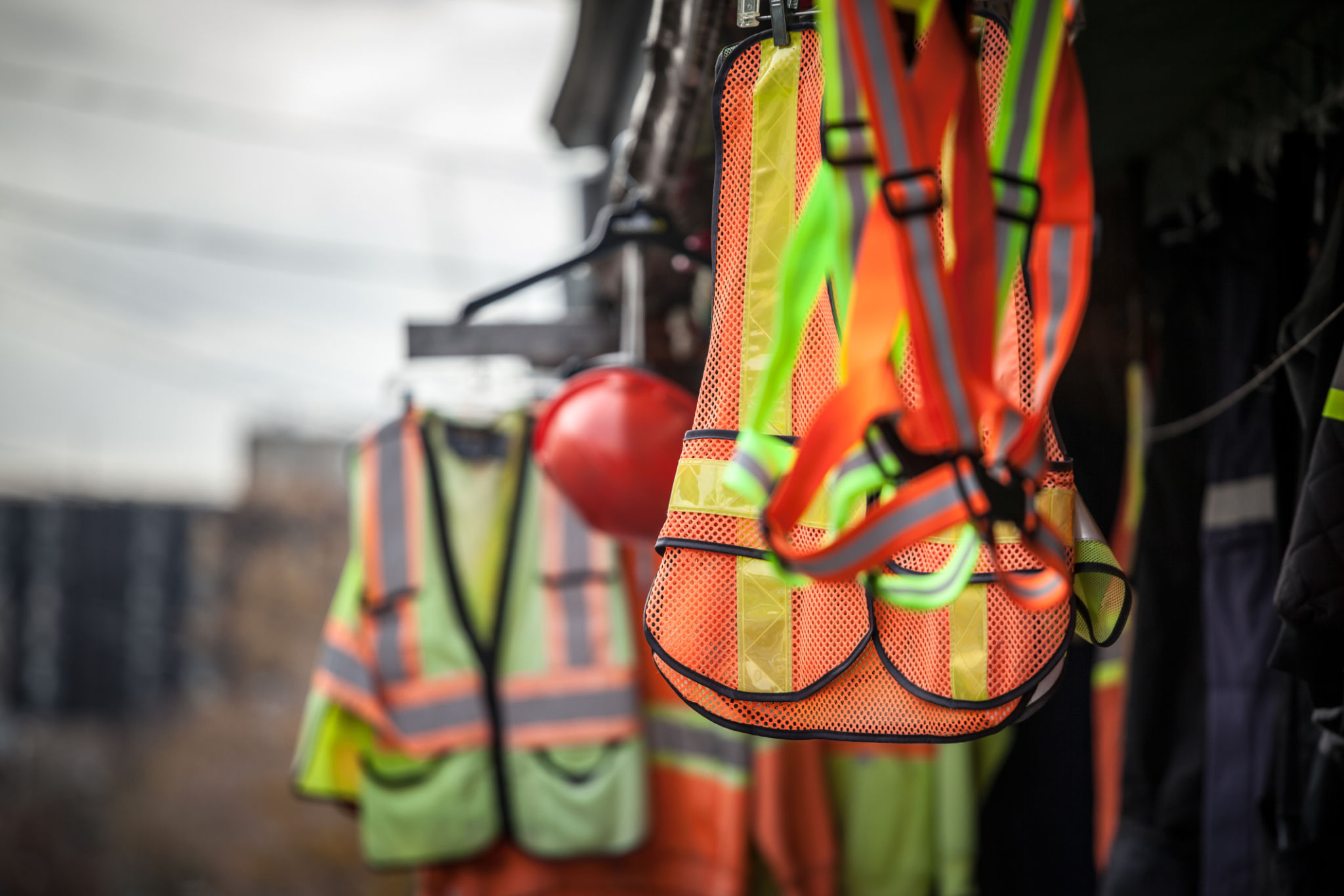DIY Scaffolding: What You Need to Know Before Starting Your Project
Understanding the Basics of DIY Scaffolding
When it comes to DIY projects that require working at heights, scaffolding can be an essential tool. Whether you're painting your house, repairing the roof, or installing new windows, scaffolding provides a safe and stable platform to work from. However, before you dive into your project, it's important to understand the basics of DIY scaffolding.
Scaffolding consists of temporary structures used to support workers and materials during construction or repair. It is crucial to choose the right type of scaffolding for your project, taking into account factors such as height, weight capacity, and the nature of the work. Familiarizing yourself with these elements will ensure a smoother and safer project execution.

Types of Scaffolding
There are various types of scaffolding available, each suited for different needs. Supported scaffolding is the most common type and is ideal for most home improvement projects. It consists of platforms supported by poles and frames. Suspended scaffolding, on the other hand, is used when work needs to be done high above the ground, such as on tall buildings. It hangs from an overhead structure by ropes or cables.
Choosing the right scaffolding type is crucial for safety and efficiency. For most DIY projects, supported scaffolding will suffice, but make sure to assess your specific needs before making a decision.

Essential Equipment and Tools
Before you start setting up your scaffolding, gather all the necessary equipment and tools. This includes scaffolding platforms, frames, base plates, guardrails, and access ladders. Additionally, having personal protective equipment like hard hats, safety harnesses, and non-slip footwear is vital for safety.
Ensure all components are in good condition and meet safety regulations. Inspect for any signs of wear or damage that could compromise the integrity of your setup. Remember, cutting corners on equipment can lead to accidents that are easily avoidable with proper preparation.
Setting Up Your Scaffolding Safely
Once you have all your equipment ready, it's time to set up your scaffolding. Begin by selecting a solid and level surface to erect your structure. Uneven ground can lead to instability and potential hazards. Use base plates or mud sills to distribute the weight evenly if necessary.
Follow the manufacturer's instructions carefully during assembly. Ensure all parts are securely fastened and double-check connections before use. Installing guardrails around the perimeter of the platform is a crucial safety step that should never be overlooked.

Safety Precautions During Use
While using your scaffolding, adherence to safety precautions is paramount. Always maintain a clean and organized workspace to prevent tripping hazards. Avoid overloading the platform with tools or materials, as this can lead to instability.
Never work on scaffolding in adverse weather conditions such as strong winds or rain. Wet surfaces increase the risk of slips and falls, compromising your safety. Additionally, always use proper access points like ladders or stairs when climbing up or down the scaffolding.
Legal and Insurance Considerations
If you're planning a significant project that involves scaffolding, it's essential to consider legal and insurance aspects. Depending on your location and project scope, obtaining permits may be necessary. Check with local authorities to ensure compliance with all regulations.
Moreover, verify that your homeowners' insurance policy covers potential accidents related to scaffolding use. It's better to address these considerations beforehand rather than facing unexpected challenges down the line.

Maintenance and Inspection
Regular maintenance and inspection of your scaffolding are critical to ensuring ongoing safety. Before each use, examine all components for signs of wear or damage. Tighten loose bolts and replace any defective parts immediately.
After completing your project, properly dismantle and store your scaffolding equipment to prolong its lifespan and preserve its integrity for future use.
The Advantages of DIY Scaffolding
Embarking on a DIY project using scaffolding has numerous advantages. Beyond providing a stable work platform, scaffolding can enhance productivity by allowing simultaneous work across different sections of a structure. Additionally, it can save you money compared to hiring professionals for tasks you can safely handle yourself.
By thoroughly understanding the requirements and precautions associated with DIY scaffolding, you can tackle your projects with confidence and success.

